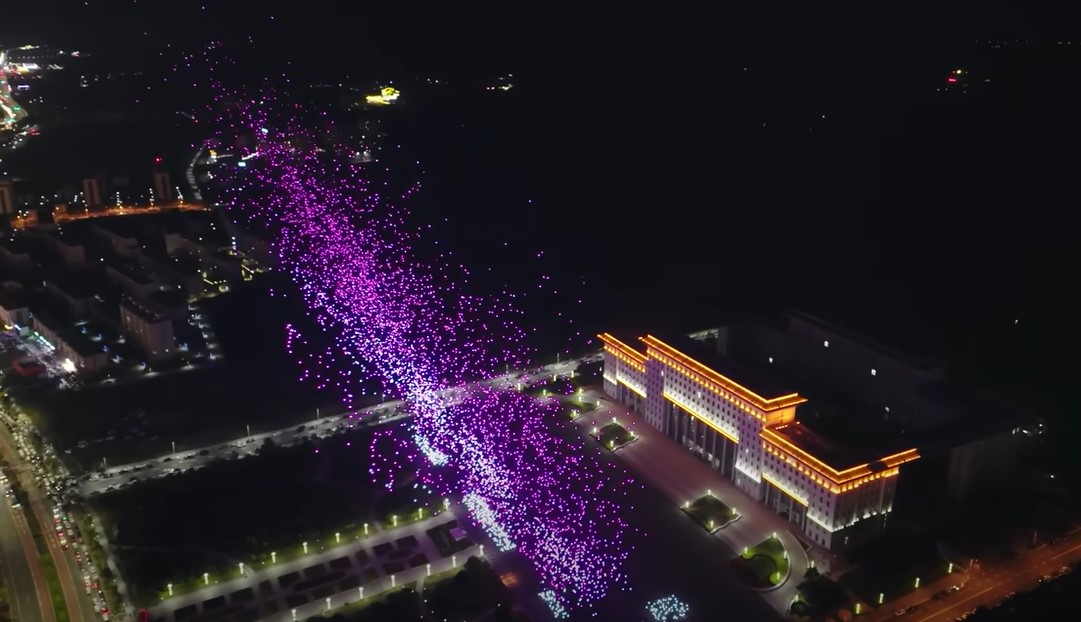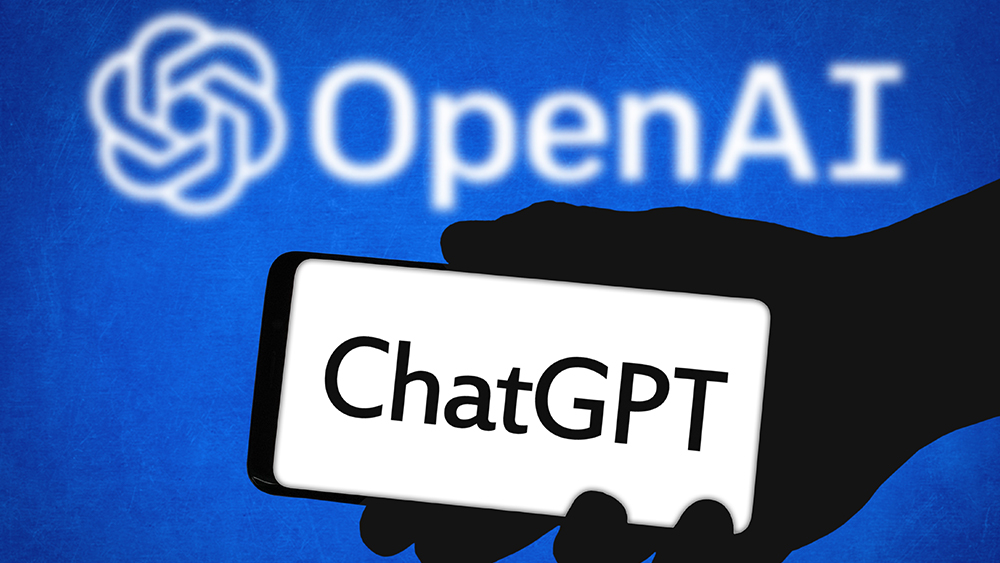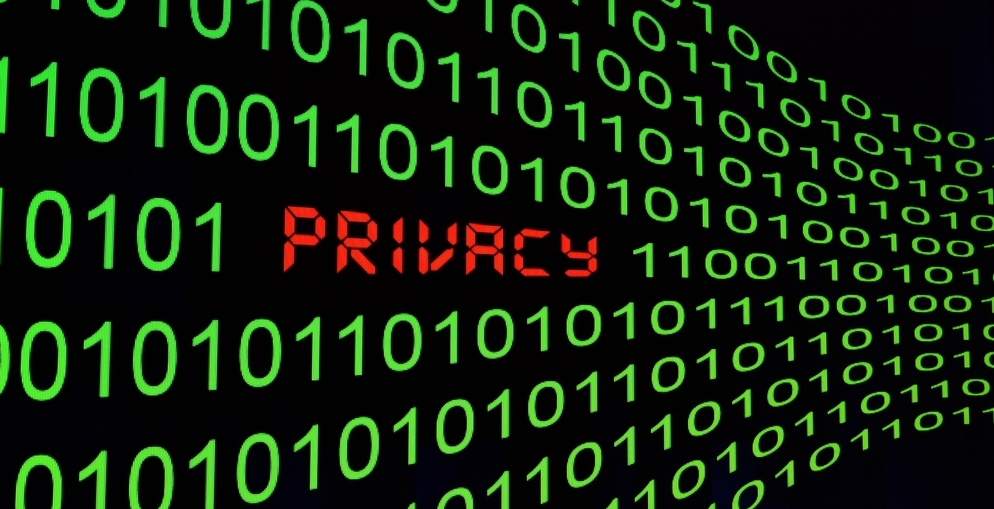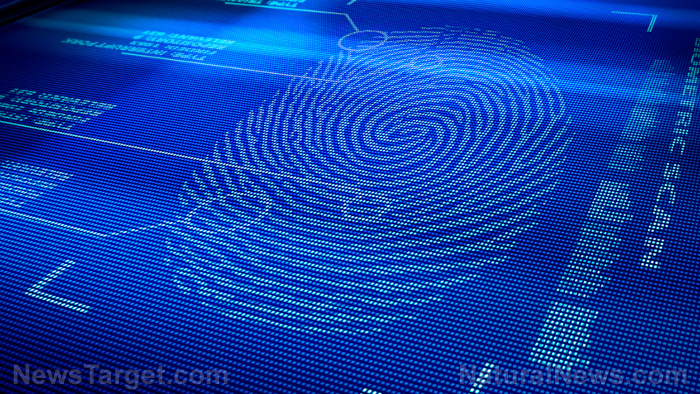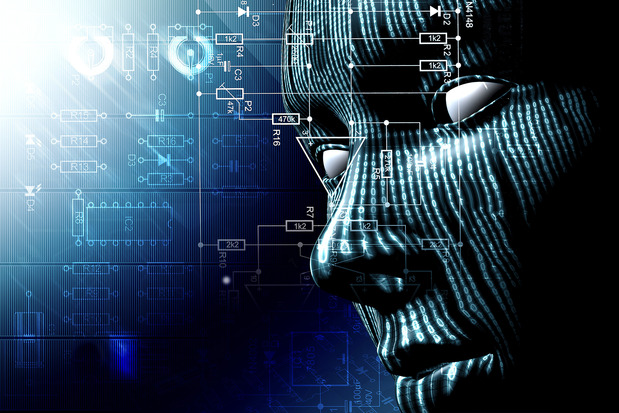Breath breakthrough: How new “breathalyzer” tech could revolutionize disease detection
06/25/2025 / By Willow Tohi

- Scientists have developed a device that analyzes breath molecules to detect diseases, offering a non-invasive alternative to blood or urine tests.
- The technology, including Ye’s laser-based breathalyzer and the ABLE system, can identify biomarkers for conditions like COVID-19, diabetes and lung cancer.
- Breath analysis could enable real-time health monitoring, from diagnosing illnesses to tracking fat-burning in athletes.
- Historical efforts — from dogs sniffing cancer to early breath tests — highlight the long-standing potential of breath diagnostics.
- Challenges remain, including validating biomarkers and miniaturizing devices for widespread use.
In a leap toward painless, precision medicine, scientists are harnessing the power of human breath to detect diseases, monitor metabolism and even personalize fitness plans. From a Nobel Prize-inspired laser device to a $200 prototype, breakthroughs in breath analysis are poised to transform healthcare—making diagnostics as simple as exhaling.
Researchers like Jun Ye at CU Boulder and teams at the University of Chicago have engineered systems that decode the “chemical fingerprint” of breath, identifying markers for ailments ranging from COVID-19 to inflammatory bowel disease. “It’s extremely non-invasive,” Ye emphasized. “Just a breath test.” Meanwhile, ETH Zurich’s sensor can now pinpoint when the body starts burning fat, offering athletes and dieters real-time metabolic insights.
The implications are vast: Imagine a world where annual check-ups involve breathing into a smartphone attachment, or where hospitals replace blood draws with instant breath scans. But how did we get here — and what hurdles remain?
A century of breath science, from dogs to lasers
The idea isn’t new. For decades, scientists have explored breath’s diagnostic potential, training animals to sniff out diseases. In 2016, a breathalyzer made headlines for diagnosing 17 conditions, including multiple sclerosis. Today’s advances, however, leverage quantum physics and AI to decode breath’s molecular secrets with unprecedented accuracy.
The ABLE device, for instance, condenses breath molecules into testable droplets, while Ye’s laser system detects COVID-19 with 85% accuracy—matching PCR tests. “Airborne biomarker detection has long attracted interest, but sensitivity was a challenge,” said Ohio State’s Jinghua Li. Now, those barriers are crumbling.
How it works: From lasers to test strips
At its core, breath analysis targets volatile organic compounds (VOCs)—gaseous molecules tied to specific diseases. The ABLE system, for example, cools breath into liquid for analysis, while Ye’s “frequency comb” laser identifies molecular shadows. “Machine learning analyzes patterns to predict diagnoses,” explained Qizhong Liang, a CU Boulder researcher.
Early trials show promise:
- ABLE detected glucose levels correlating with blood tests.
- Ye’s team identified inflammation markers in preterm infants’ breath.
- ETH Zurich’s fat-burning sensor could reshape fitness tracking.
Yet gaps persist. “We don’t yet have a comprehensive VOC-disease map,” admitted Ye.
Beyond COVID: The next frontier
Breath tech’s potential stretches far beyond pandemics. Collaborations with pediatricians and oncologists aim to uncover biomarkers for cancer, depression and more. “What if breath detected pancreatic cancer before symptoms?” mused CU’s Leslie Leinwand. Other teams, like Israel’s Weizmann Institute, even found breath patterns unique to individuals—with 97% accuracy—hinting at future ID verification.
Challenges include miniaturizing devices (Ye’s laser setup spans a banquet table) and validating biomarkers. But the trajectory is clear: “We’re training our laser-based nose,” Ye said. “The more we teach it, the smarter it becomes.”
A health revolution — with transparency
As breath tech democratizes diagnostics, it also spotlights tensions with traditional medicine. Advocates like Ye champion “natural approaches to wellness,” while critics urge rigorous validation. Still, the promise is undeniable: a future where breathalyzers empower patients with instant, needle-free health insights.
From labs to living rooms, the science of breath is just catching its wind. “The potential,” Ye said, “is endless.”
In a world where health monitoring could soon be as routine as checking your phone, the humble breath may hold the key to a healthier — and less invasive — future.
Sources for this article include:
Submit a correction >>
Tagged Under:
blood sugar, breakthorugh, breathalyzer, computing, cool science, discoveries, fitness, future science, future tech, Glitch, health care, health science, inflammation, information technology, inventions, prevention, Public Health, research
This article may contain statements that reflect the opinion of the author
RECENT NEWS & ARTICLES
COPYRIGHT © 2017 INFORMATIONTECHNOLOGY.NEWS



